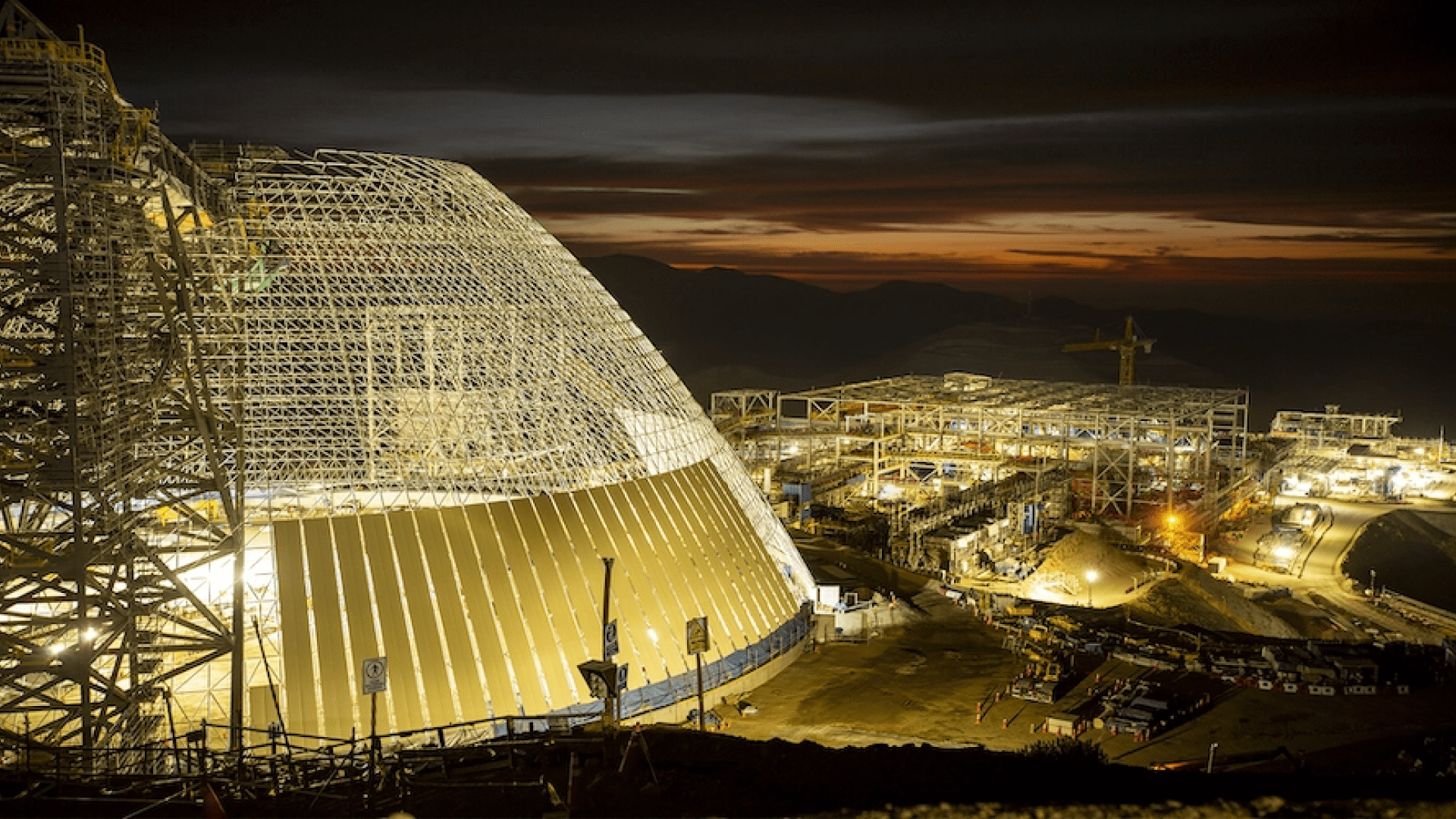It is the extraction of mineral resources from the deep sea. Deep sea refers to the portion of the ocean below 200 metres in depth, which accounts for approximately 65% of the Earth’s surface. Many countries are racing to mine deep sea to meet the metals’ escalating demand.
Importance of Deep Sea Mining
Polymetallic nodules on abyssal plains, polymetallic crusts developed on the surface of seamounts (undersea mountains formed by volcanic activity), and sulphide deposits formed by hydrothermal vents are the three main marine ecosystems that could be sources of deep seabed metal-bearing minerals (both active and inactive). While firms are currently researching the possibility of deep-sea mining and are in the extraction development phase, most deep-sea mining tactics involve equipment that cruises along the ocean floor and sends collected material up a riser and lifting system to a ship waiting on the sea surface. The slurry is subsequently returned to the seafloor via another conduit.

Impacts of Deep Sea Mining
Deep-sea mining supporters argue that the method is critical for supplying metals for green energy systems. One of the most compelling arguments against offshore mining is that the environmental dangers are too great, given that deep-sea habitats are among the least explored on the planet. A less well-publicized issue is the impact of deep-sea mining on emerging countries that rely on land-based mining for the same commodities. The International Seabed Authority commissioned a recent report on the subject (ISA).
The worldwide seabed is beyond any state jurisdiction, although the International Seabed Authority (ISA) controls mining. To conduct exploratory missions, state-backed enterprises must first secure an ISA licence, which allows exclusive access to up to 150,000 square kilometres of seabed. To date, 30 licences have been granted, with China receiving the most, five. The United States is not eligible for licencing because it is not an ISA member state, however, the US defence firm Lockheed Martin has a licence through its business in the United Kingdom.
According to the survey, 13 countries, most of which are in Africa, are the most vulnerable to new metal supplies entering the market. Currently, each designated country earns at least 10% of its export profits from one or more of the primary metals targeted by deep-sea mining: copper, cobalt, nickel, and manganese. According to the analysis, Zambia, the Democratic Republic of the Congo, Eritrea, Chile, the Lao People’s Democratic Republic, Mongolia, and Peru are vulnerable to an infusion of offshore copper supplies into the market. Copper’s capacity to conduct electricity and heat makes it useful in renewables.
Because almost all cobalt (used in batteries) is a byproduct of copper production, it may have an impact on these countries as well. New nickel supplies, which are projected to play a crucial role in electric vehicles and high-capacity batteries, will have an impact on the economies of Madagascar and Zimbabwe. New manganese supplies, which are required in the production of high-quality steel, will have an impact on Gabon. The cumulative effect of all of the identified metals puts Mauritania, Namibia, and Papua New Guinea at risk.
Environmental Threats
Researchers are only now learning about the effects of deep-sea mining on benthic creatures. As a result, numerous organizations are advocating for a moratorium on deep-sea mining until the environmental consequences are better understood. In 2019, Fiji’s prime minister joined similar calls, which were supported by numerous other Pacific island states. In 2018, the European Parliament passed a resolution asking its member countries to stop supporting deep-sea mining and instead invest in more sustainable material usage.
Sediment plumes are thought to be the most serious environmental concern caused by deep-sea mining, causing long-term harm to microbial life. As mining operations expand, noise pollution may have an increasing impact on whales and other creatures that rely on echolocation, while light pollution may have an impact on animals that use bioluminescence.
The impacts on certain regions in the short and long term are unknown. More than half of the current deep-sea mining permits, for example, are for the Clarion-Clipperton Zone (CCZ), a 4.5 million square kilometre fracture region in the Pacific Ocean nearly half the size of the continental United States. Polymetallic nodules, compacted mineral-rich cements resembling blackened cauliflower florets, are of the greatest commercial significance to the CCZ.
Surveys of the CCZ have indicated that it is equally rich in diversity and quantity of life. Some species, such as sponges and anemones, adhere to the nodules to feed. Other species, such as the recently found “Casper” octopus that attaches its eggs to the stalks of dead sponges, rely on the nodules indirectly. According to a 2016 study published in Scientific Reports, about half of the megafauna in the CCZ rely on nodules as a hard substrate habitat. “We’re simply scratching the surface of what’s beneath there. “Because nodules take millions of years to form, biodiversity loss due to mining activities will be unavoidable and irreversible on a human scale,” said Matthew Gianni, cofounder of the Deep Sea Conservation Coalition.
Destruction of habitat: Mining activities can disrupt and destroy deep-sea ecosystems, which are home to many unique and vulnerable species. Sediment plumes: Mining can release sediment plumes, which can smother nearby organisms and reduce the amount of light that reaches the seafloor.
Chemical pollution: Mining can release chemicals into the water, which can harm marine life and potentially contaminate the food chain.
Noise pollution: Mining activities can create significant noise pollution, which can disrupt the behavior and communication of marine animals.
Climate change: Mining can release greenhouse gases and contribute to climate change, as well as potentially alter ocean currents and temperatures. Overall, deep sea mining is a complex issue with potentially significant environmental consequences, and more research is needed to fully understand its impacts.

IUCN Members endorsed Resolution 122 at the IUCN World Conservation Congress in Marseille (September 2021) to conserve deep-ocean ecosystems and biodiversity by a moratorium on deep-sea mining unless and until specified conditions are met. These are some examples:
- Mining risks are well understood, and effective protection can be provided.
- Comprehensive baseline investigations are used to undertake rigorous and transparent effect evaluations.
- The Precautionary Principle and the “Polluter Pays Principle” are in effect.
- Policies based on circular economic principles have been created and implemented to reuse and recycle minerals; the public is consulted throughout the decision-making process.
- Deep-sea mining governance is transparent, accountable, inclusive, effective, and environmentally responsible.
Reducing reliance on metals from mining can be accomplished through redesigning, reusing, and recycling.





Leave a Reply